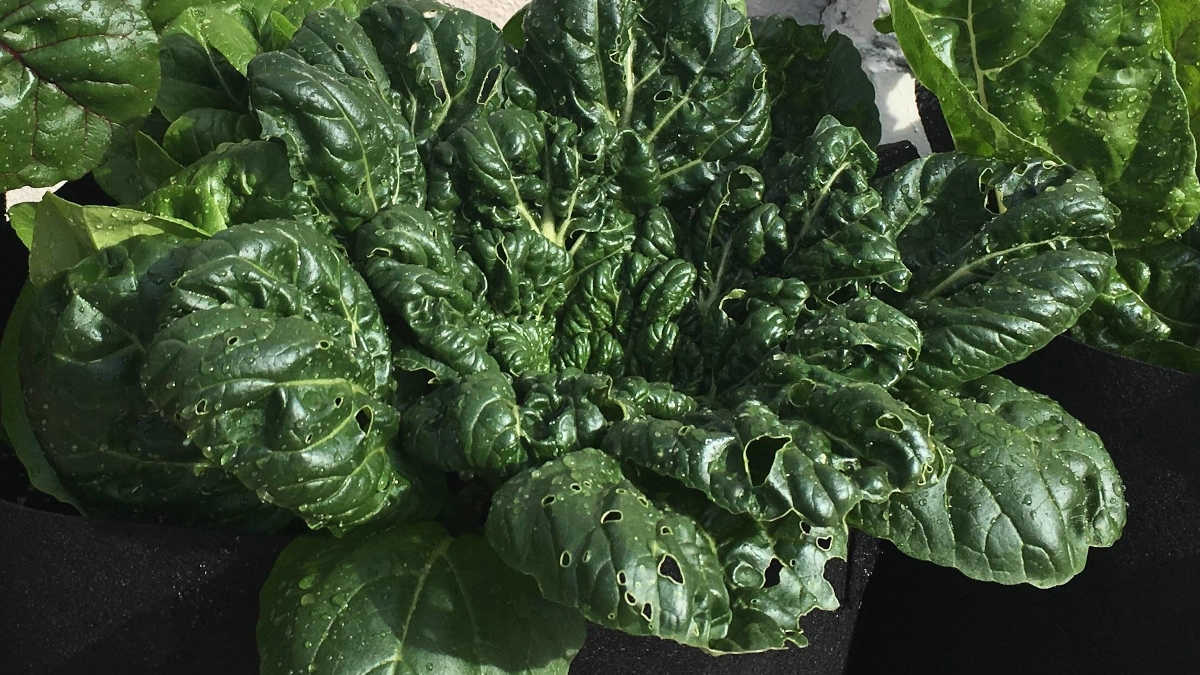Growing Vegetables in a Winter Greenhouse in Montana Without a Heating System
Montana, a state in the western region of the United States, is known for its cold winters, with average temperatures ranging from the mid-20s to mid-30s Fahrenheit (-4°C to 1°C) in January. However, with the use of a greenhouse, it is possible to grow vegetables during the winter months, even without a heating system. In this article, we will discuss the factors to consider when growing vegetables in a Montana winter greenhouse without a heating system.
Selecting the Right Vegetables
When growing vegetables in a winter greenhouse in Montana, it is important to choose the right vegetables that are tolerant to colder temperatures. Some vegetables that are good options for winter greenhouse gardening in Montana include:
- Leafy Greens – Kale, spinach, chard, and lettuce are great options for a winter greenhouse in Montana gardening. They grow quickly and are cold-tolerant.
- Root Vegetables – Carrots, turnips, and beets are excellent winter vegetable options. They can handle cold temperatures and take longer to mature, which makes them ideal for winter gardening.
- Brassicas – Broccoli, cabbage, cauliflower, and Brussels sprouts are cold-hardy vegetables that can tolerate colder temperatures.
Preparing Your Greenhouse
To grow vegetables in a winter greenhouse in Montana without a heating system, it is essential to have a well-insulated greenhouse. The insulation will help retain heat inside the greenhouse during the day and night. You can also use thermal mass, such as water barrels or rocks, to absorb heat during the day and release it at night.
Before planting your vegetables, you should clean and sanitize the greenhouse. This will help to prevent any diseases or pests from affecting your plants. You can use a mixture of water and vinegar or hydrogen peroxide to sanitize the greenhouse.
If your greenhouse has windows, it is a good idea to cover them with clear plastic to help retain heat inside the greenhouse. You can also use row covers or cold frames to provide additional protection for your plants.
Planting Your Vegetables
When planting your vegetables in a winter greenhouse in Montana without a heating system, it is essential to consider the timing of your planting. You will want to plant your vegetables when the outside temperatures are starting to cool down, but before it gets too cold. This will give your vegetables enough time to grow before the temperatures drop too much.
You should also make sure that you have good-quality soil for your plants. You can use a combination of compost, peat moss, and perlite to create a well-draining soil that is rich in nutrients.
When planting your vegetables, make sure that they are properly spaced apart. Crowded plants can lead to poor air circulation and an increased risk of disease.
Watering Your Vegetables
In a winter greenhouse in Montana, it is important to monitor the moisture levels of your soil regularly. During the winter months, the air inside the greenhouse can be very dry, which can cause the soil to dry out quickly.
You should water your vegetables regularly, but be careful not to overwater them. Overwatering can lead to root rot and other plant diseases. You can use a moisture meter to determine when your soil needs to be watered.
Lighting Your Greenhouse
In Montana, winter days are short and often cloudy. This can limit the amount of sunlight that your vegetables receive. You can use artificial lighting to supplement the natural light that your vegetables receive.
LED grow lights are an excellent option for winter greenhouse gardening. They are energy-efficient and produce a full spectrum of light that is beneficial for plant growth.
Maintaining Your Greenhouse
Maintaining your greenhouse in the winter is crucial to the success of your vegetable garden. During the winter months, it is important to monitor the temperature, humidity, and moisture levels in your greenhouse regularly. You should check your greenhouse for any drafts, leaks, or damage that may let in cold air. Additionally, it is essential to clean and sanitize your greenhouse regularly to prevent any pests or diseases from affecting your plants. You can also use row covers or cold frames to provide additional protection for your plants. Proper maintenance and upkeep of your greenhouse will ensure that your vegetables thrive throughout the winter season.
Conclusion
In conclusion, growing vegetables in a winter greenhouse in Montana without a heating system is possible with the right planning, preparation, and selection of cold-tolerant plants. By choosing the right vegetables, preparing your greenhouse, planting and spacing your vegetables properly, monitoring moisture levels, and supplementing with artificial lighting, you can enjoy fresh vegetables throughout the winter months. With a little bit of effort and dedication, you can enjoy the benefits of fresh produce all year round, even in the coldest of winters.
We at Heritage Growing Spaces would love the opportunity to build a winter greenhouse in Montana that will help you grow fresh, healthy vegetables all year round. Contact us for more details.
For more helpful information:
https://www.gardeningknowhow.com/special/greenhouses/greenhouse-vegetable-plants.htm
https://garden.lovetoknow.com/vegetable-garden/greenhouse-vegetables-grow-winter
“Four Season Harvest” by Eliot Coleman: http://amzn.to/2a7jV9R
“The Winter Harvest Handbook” by Eliot Coleman: http://amzn.to/2ahjPiR
“The Year-Round Vegetable Gardener” by Niki Jabour: http://amzn.to/2a7ksbJ
